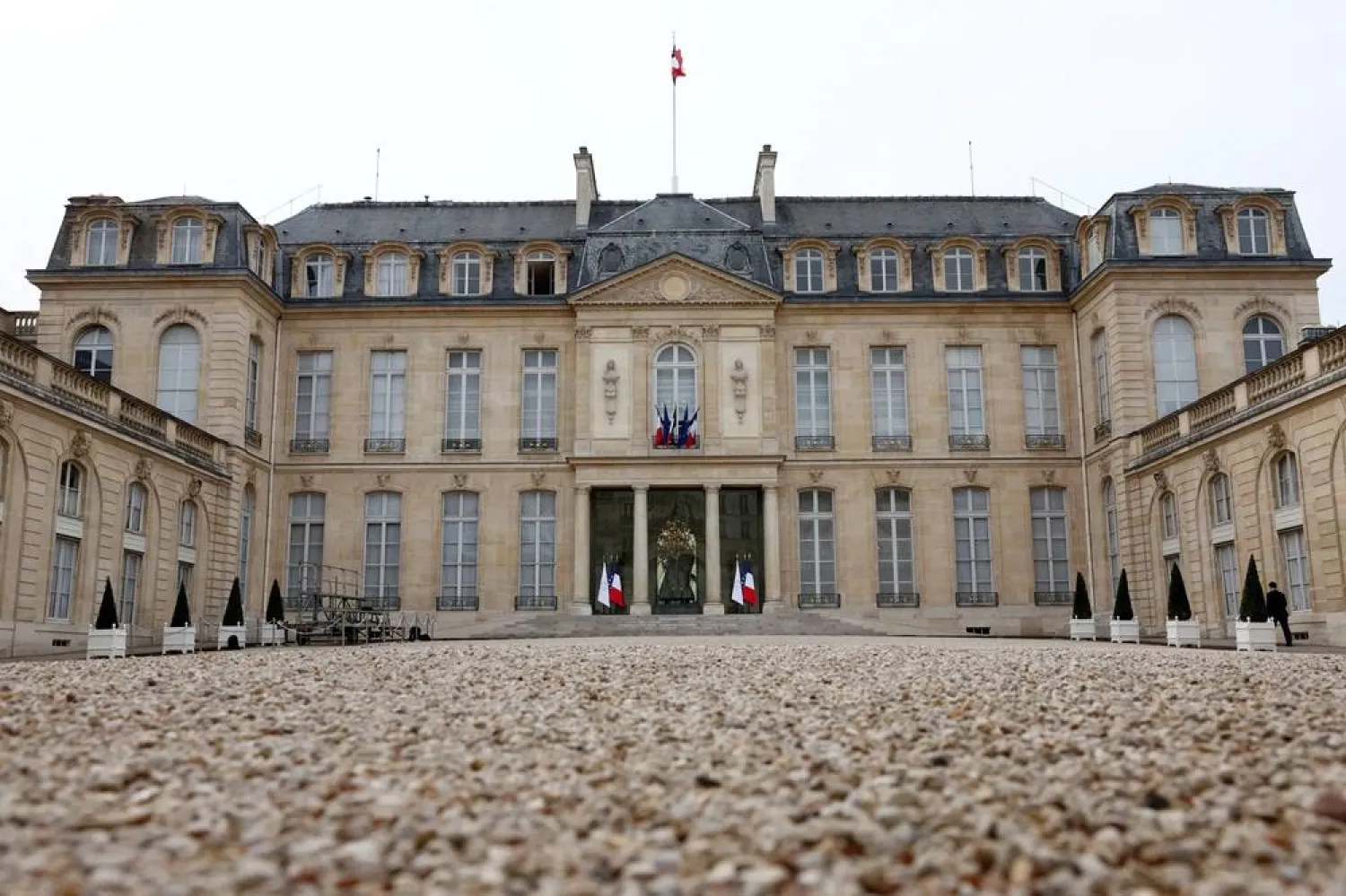The Dutch painter Vincent Van Gogh is more famous for his cheerful paintings – his bright and light-flooded southern French landscapes. But now for the first time, Amsterdam's Van Gogh Museum is devoting an exhibition exclusively to his early depiction of peasant life, full of darkness but also admiration.
"The Potato Eaters" is one of the first masterpieces by Van Gogh and without a doubt the artist's biggest "failure," at least according to its critics at the time. It depicts five people sitting in a cramped kitchen having dinner, their faces tired and distorted – bulbous noses, bony gnarled hands. The scene is dark and gloomy, according to the German News Agency.
About 50 paintings, sketches, drawings and letters will be on display from October 8, telling the story of the painting – a "story of ambition and perseverance," the director of the museum, Emily Gordenker, said. "The painting was never sold and never exhibited during Van Gogh's lifetime. Today, however, it is world-famous and considered a key work in the painter's development," she said.
Vincent Van Gogh painted "De aardappeleters" (potato eaters) in 1885 during a turbulent period he spent with his parents in Nuenen, in the southeast of the Netherlands. He made numerous studies and sketches for it.
It's one of Van Gogh's "most thought-out paintings," said Bregje Gerritse, curator of the museum. The painter himself described it as a "master's test" and, according to the curator, wanted to make his breakthrough with it. But the painting failed. Van Gogh received harsh criticism for this work, especially because of its use of gloomy colors and the distorted depiction of people's faces.
To bring the painting to life, the museum has now recreated the scene with a life-size, walk-in model for its spotlight exhibition.
"The Potato Eaters: Mistake or Masterpiece?" Van Gogh wanted to depict the harsh reality of peasant life, a life he himself admired. He deliberately showed the characters with coarse faces and bony hands worn from labor, Gerritse said. "Van Gogh wanted to show the peasants in all their roughness."









